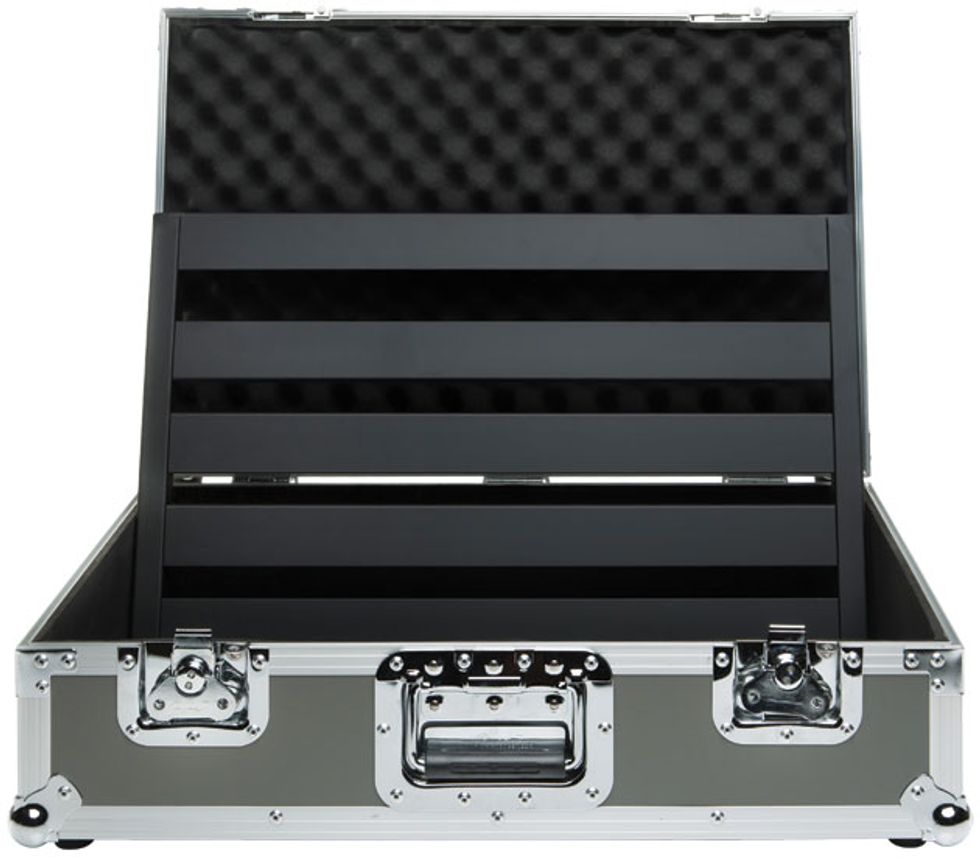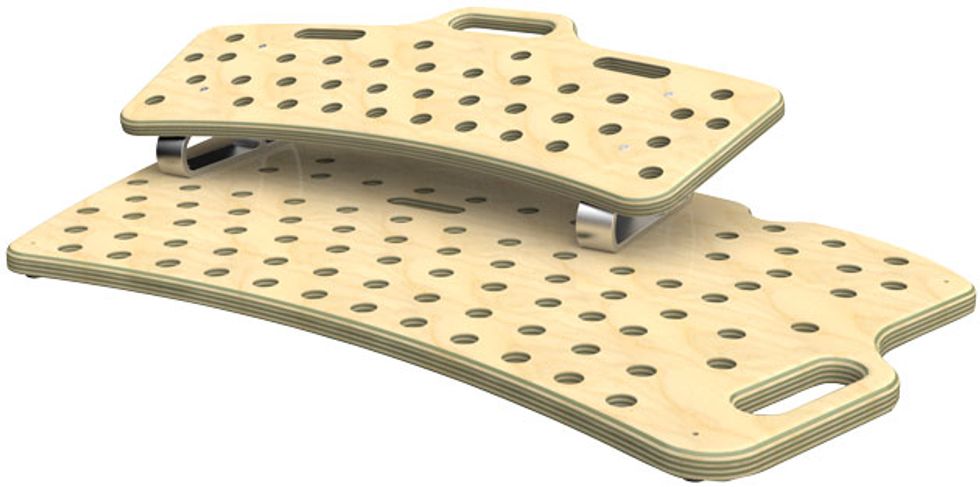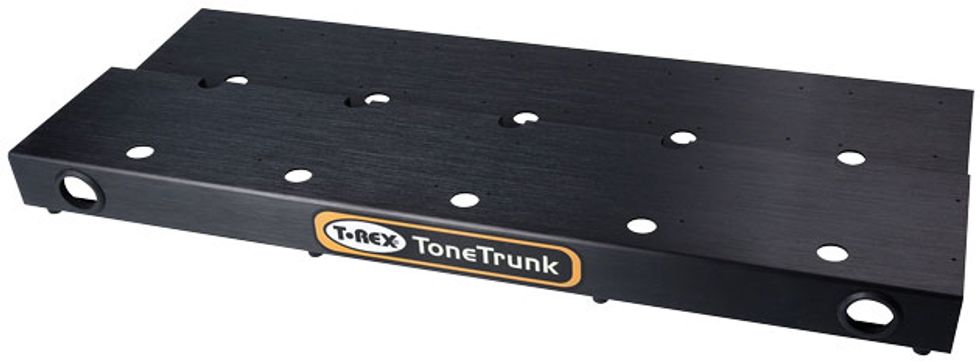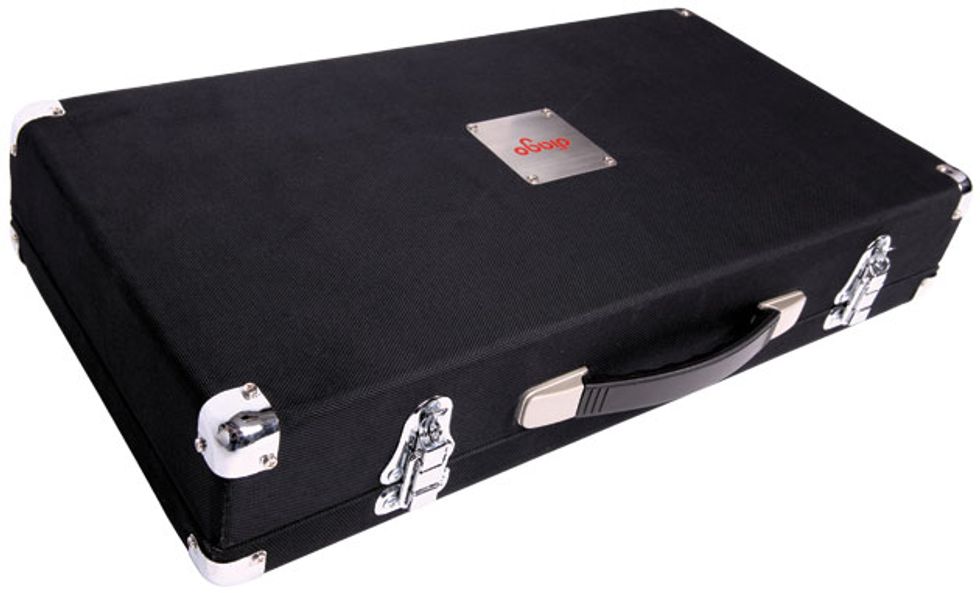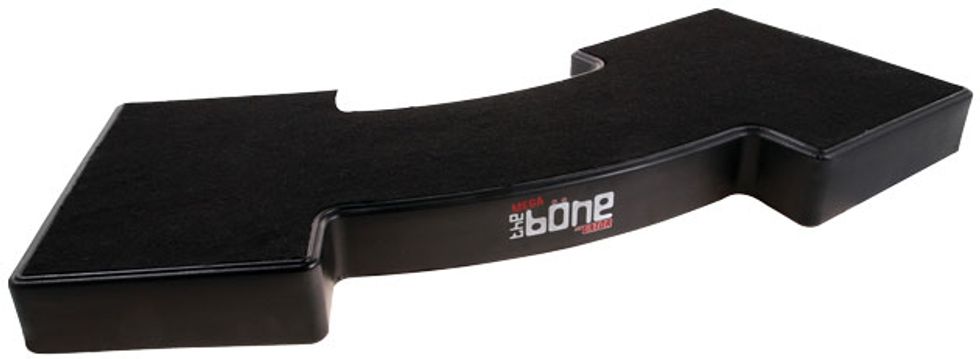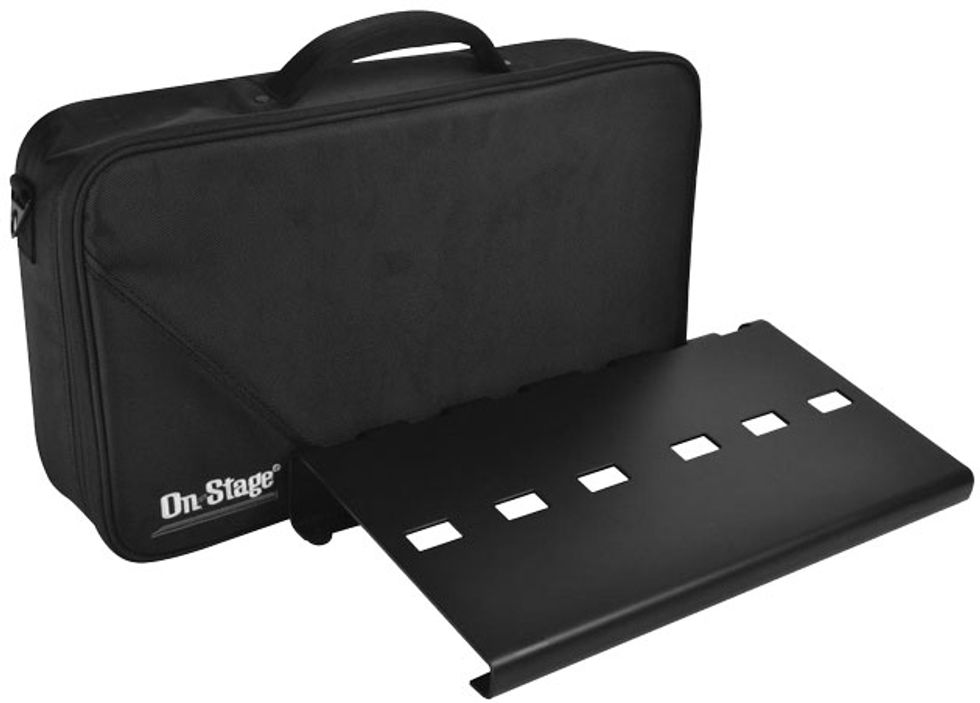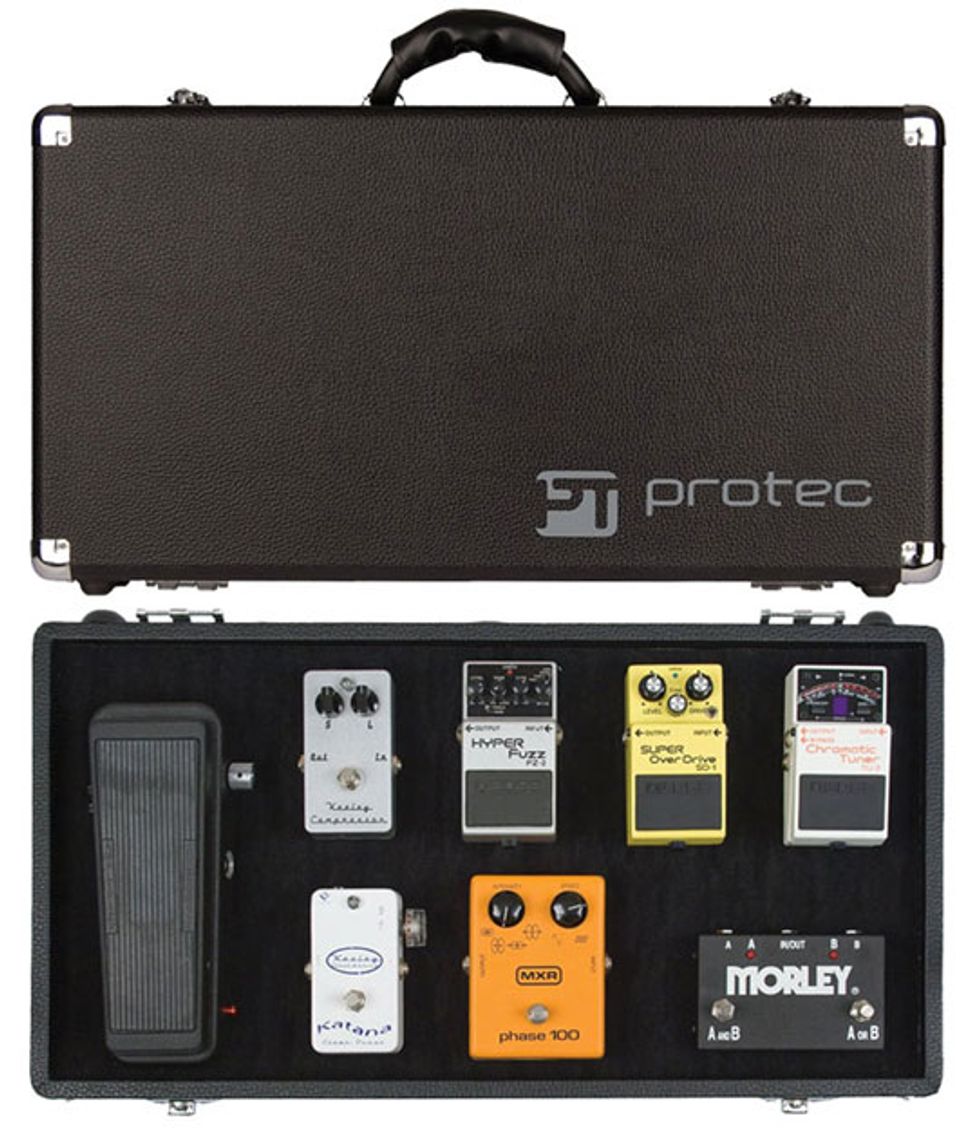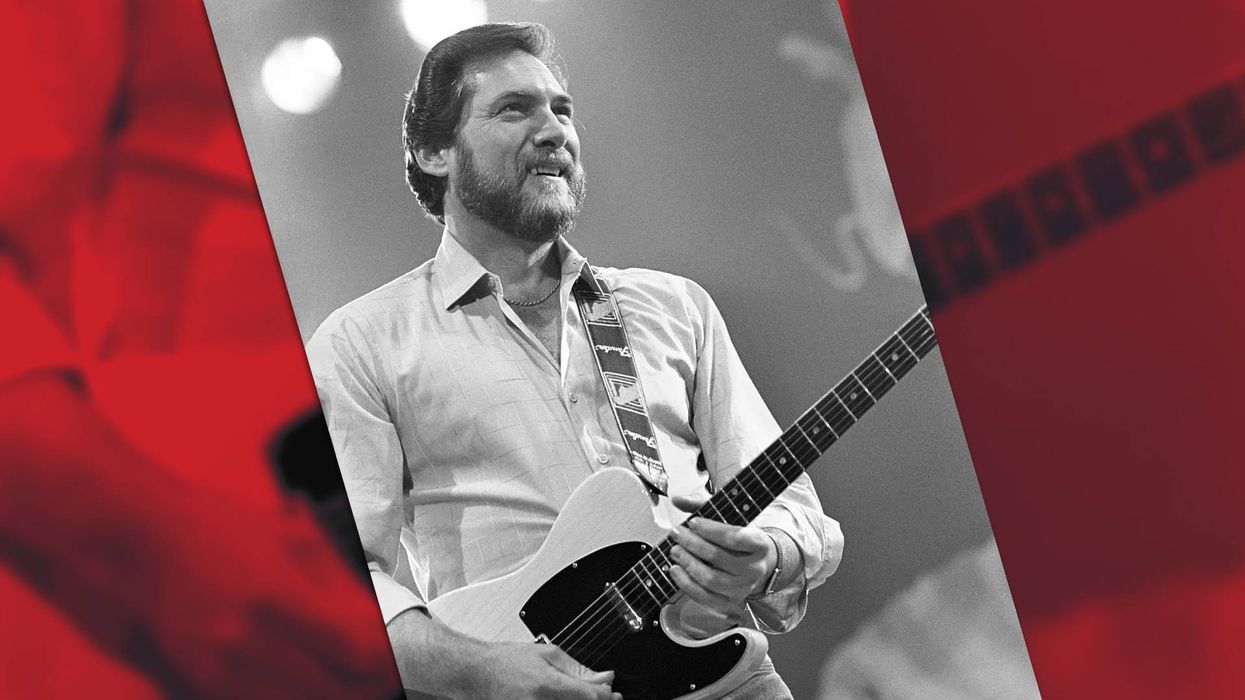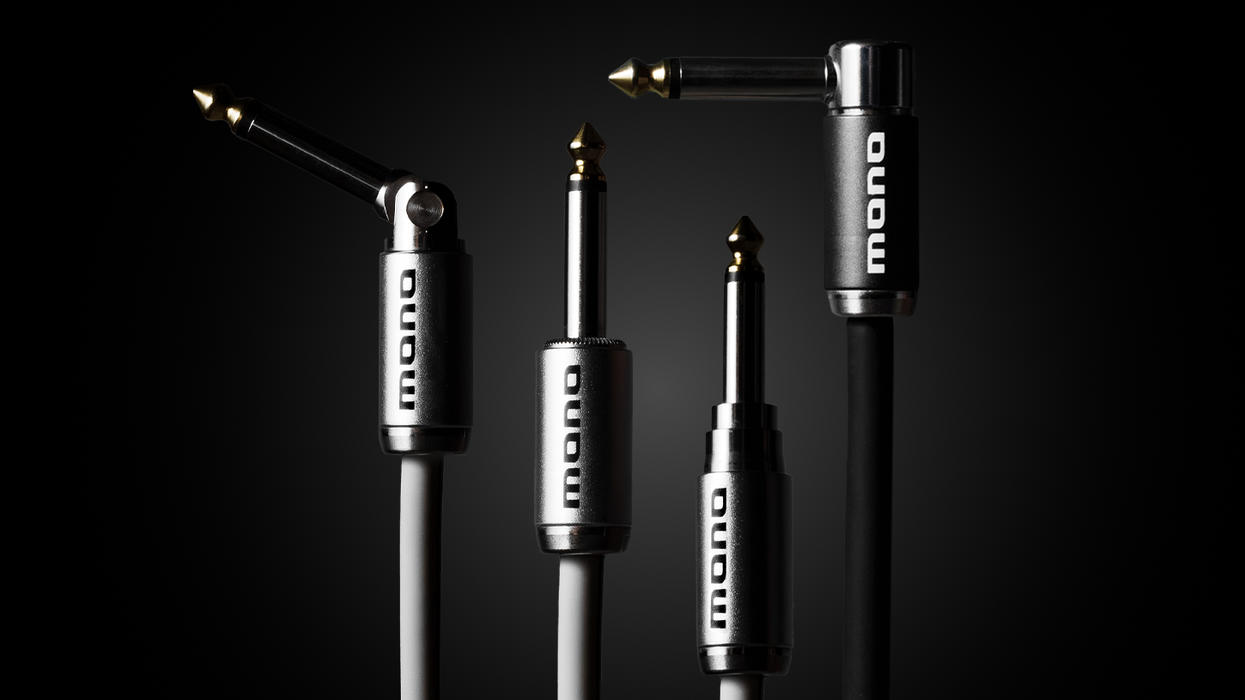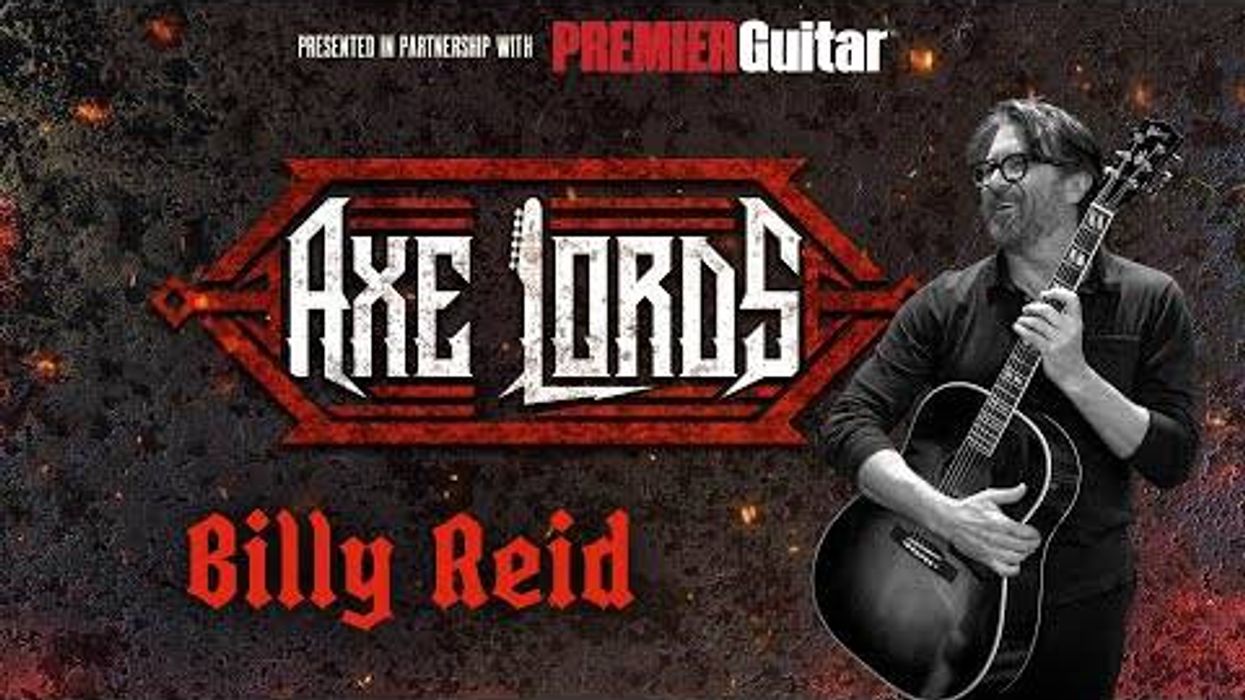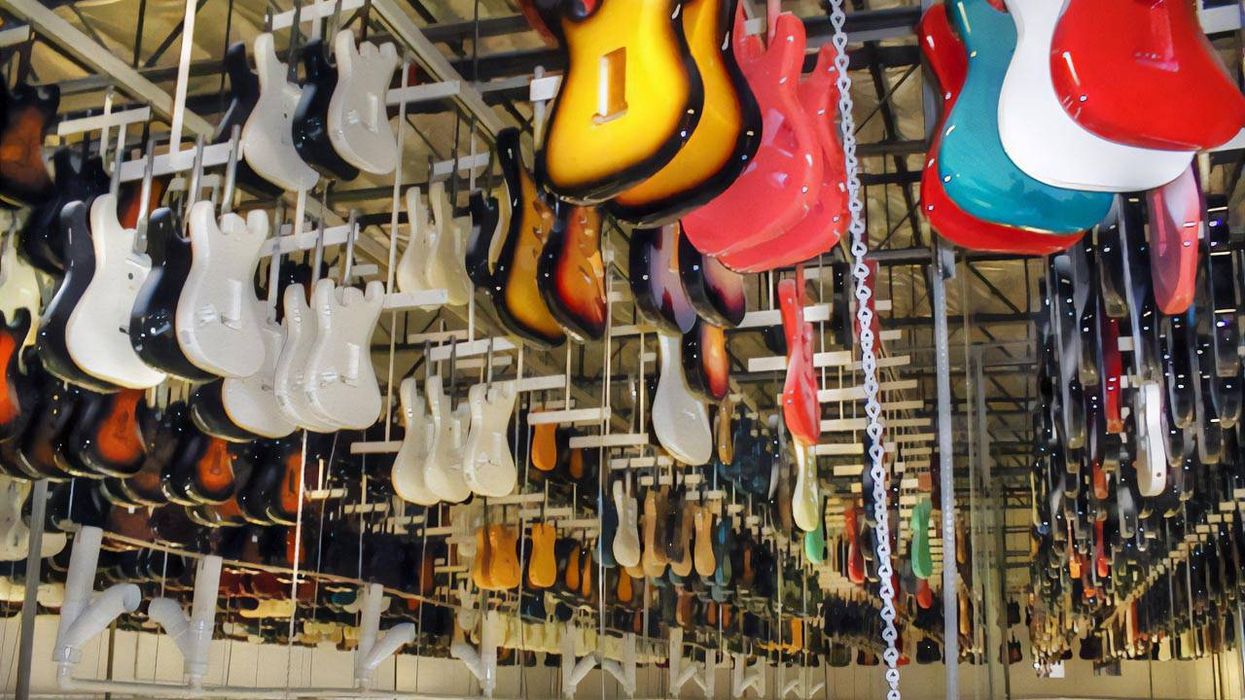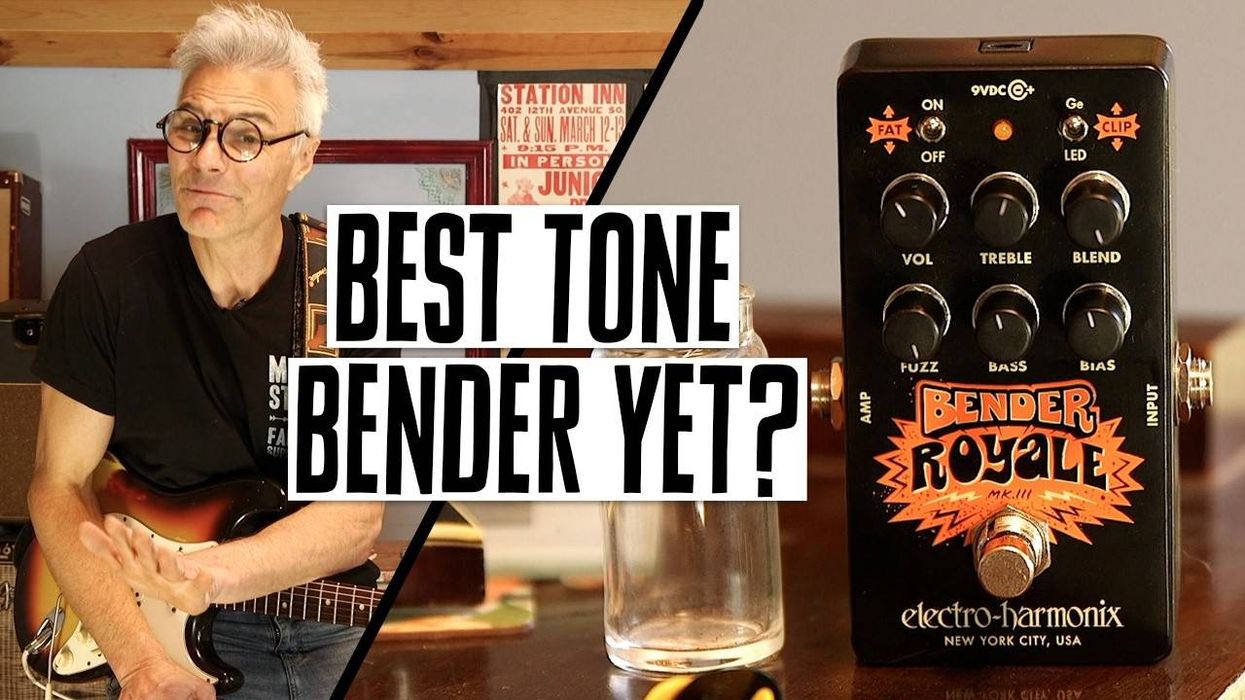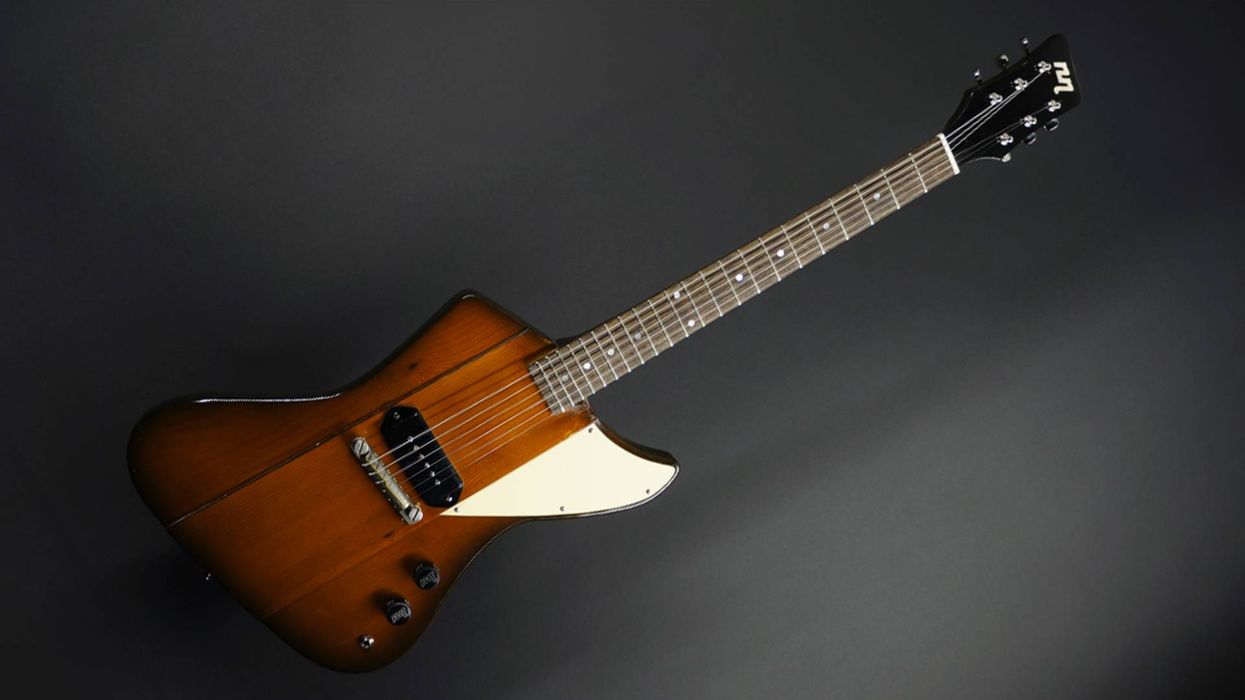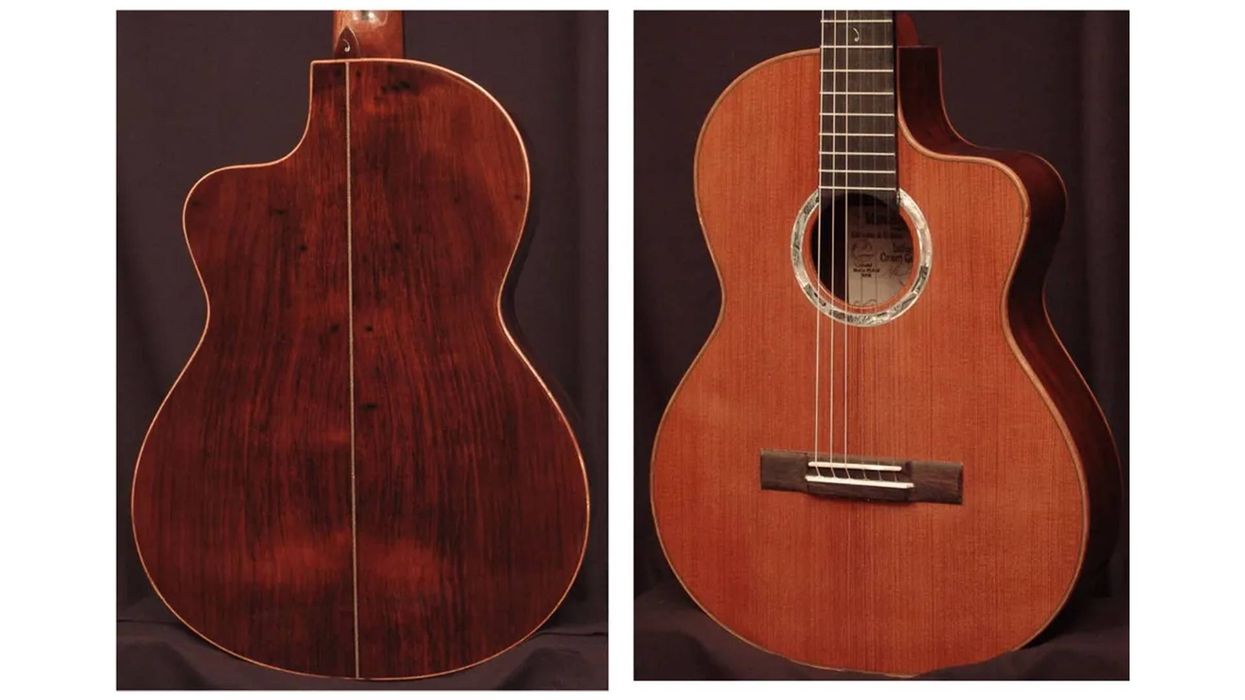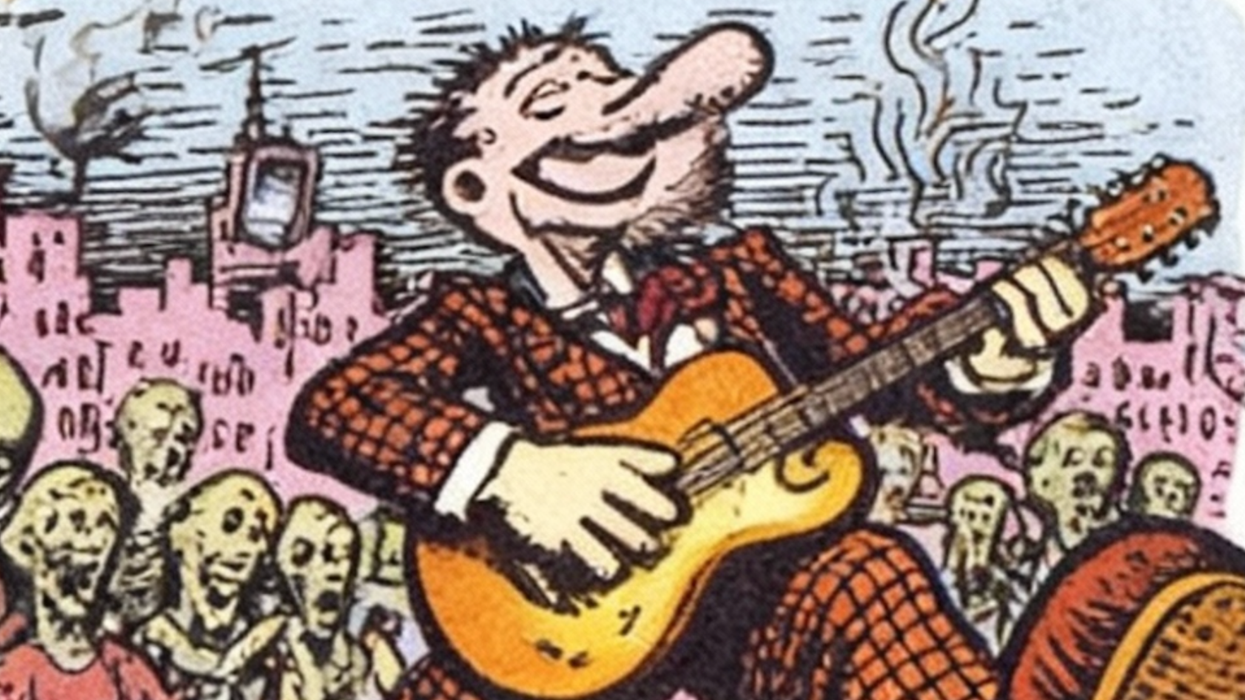So you have a killer pedal collection, but lack organizational skills. Or maybe you’re new to the wonderful world of effects and need a blank slate on which to start. Regardless, a dependable and efficient pedalboard is a must for any tone shaper, and we’ve rounded up a collection of options to help you get started in finding what’s right for you.
These aluminum pedalboards with a modified rail design are built with players in mind who use true-bypass switchers or want an extra rail to better accommodate a wide range of configurations. The heavy-duty tour case will help keep your pedals safe on the road. Inspired by skateboard decks and the desire to ditch Velcro, these pedalboards are constructed of 12-ply Baltic birch, hold six to 10 pedals and a power supply with ease, and use zip-ties to securely latch down stompboxes. The two-tiered design of this strong and lightweight aluminum pedalboard provides easy access for up to 20 effects devices, and the unique porting, power-supply bracket, and included Velcro allows for a clean, sturdy set up. The ’board comes with a padded gig bag. Constructed of durable molded plastic, this pedalboard includes a built-in AC adapter that can power up to seven pedals. It’s lightweight for easy transport and there is ample room for customized setups. These hand-assembled pedalboards feature 1/2" Eastern plywood construction that’s wrapped with a durable polyweave skin. The Gigman offers dense-foam interior padding and is finished with high-quality catches, hinges, and corner strengtheners. This rigid arched-shape polyethylene pedalboard has a pair of larger surface areas for wah- and volume-type pedals and can accommodate up to 10 stompboxes. A 9V daisy chain power supply and a heavy-duty lightweight carry case are included. This budget-friendly pedalboard with included gig bag boasts room for 10 standard-size effects, is angled for comfortable foot access, has cutouts for power distribution and cable management, and also includes hook-and-loop strips for custom organization. The patented modular design of this ’board allows players to stair-step their effects between two levels or raise the panels on the first tier to accommodate larger pedals. Dual input jacks, two output jacks, and a dual inlet/outlet AC socket are mounted externally. This no-nonsense pedalboard features a rugged textured-vinyl exterior atop a wood frame, heavy-duty metal latches and corners, back- and bottom-side feet, soft interior padding, and a thickly padded carry handle. This handcrafted zebra-wood ’board is constructed using dovetail joinery and is decked out with such options as a recessed IEC power-in socket with on/off switch, a quartet of 1/4" Switchcraft plugs, and a multi-slot “Plus” top. Other pedalboards start at $95.Tools for the Task: Pedalboards
10 pedalboard options that’ll help you protect your loved ones and keep things tidy at your feet.
By Rich OsweilerSep 04, 2015
Rich Osweiler
Associate Editor Rich Osweiler started playing guitar at the tender age of 8, but over the years bass has become his main instrument. Prior to joining Premier Guitar, Rich worked at Acoustic Guitar for 10 years as associate publisher and director of marketing. He loves all types of music—from gypsy jazz to lo-fi and grindcore—provided the genre name isn’t preceded by the “contemporary” tag. Outside of music, Rich enjoys travel, skiing, woodworking, coaching baseball, and being a dad. He lives in Marin County with his 10-year-old daughter and their dog, Kiko.

